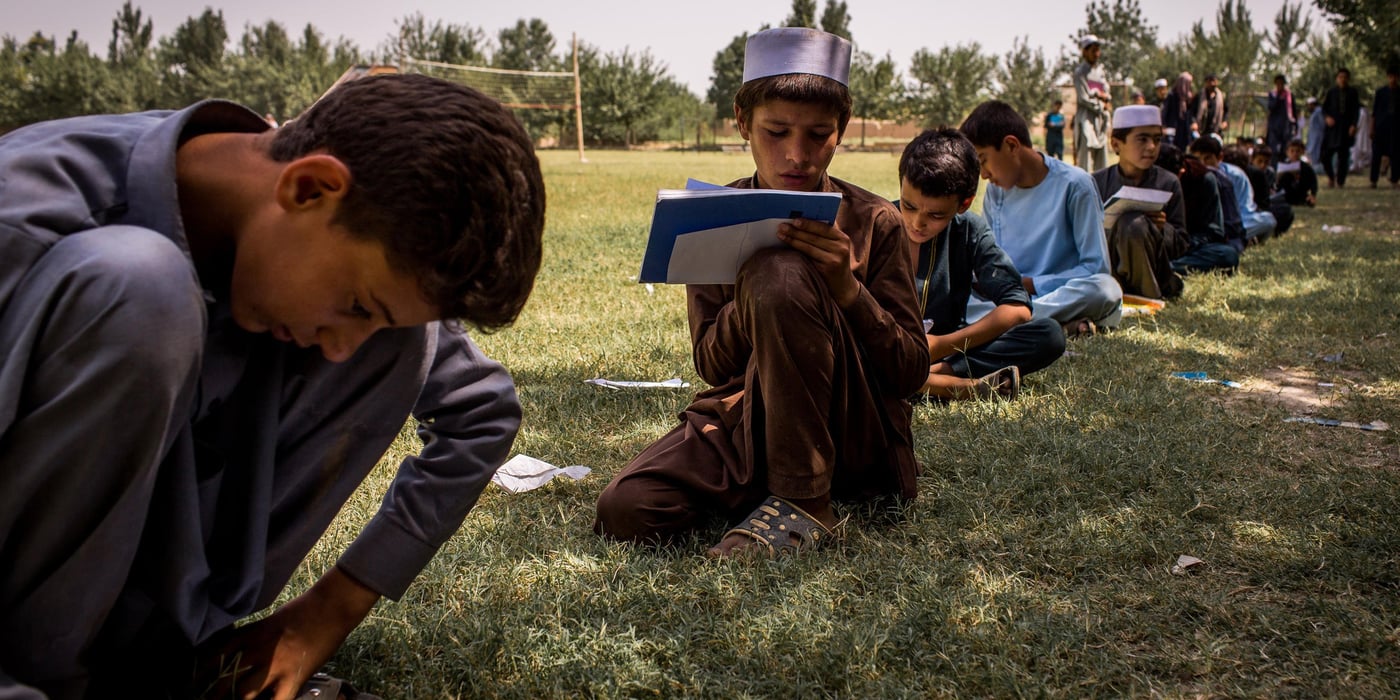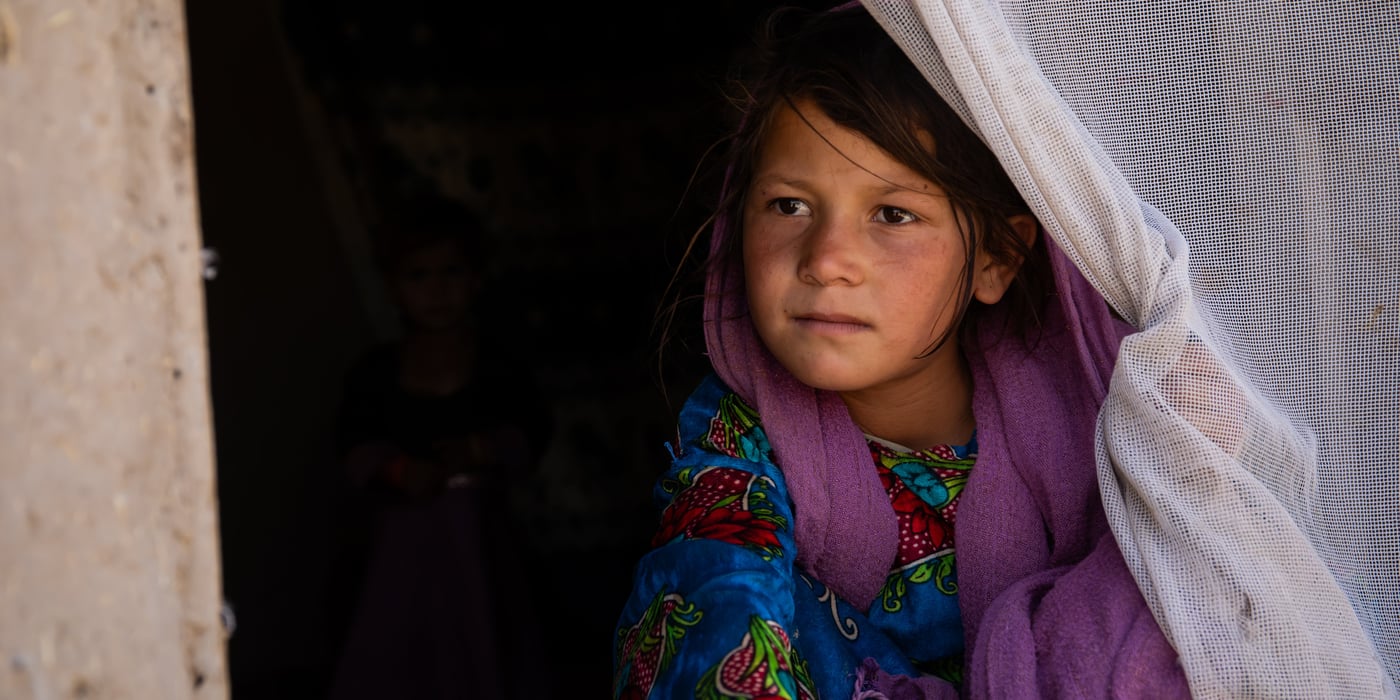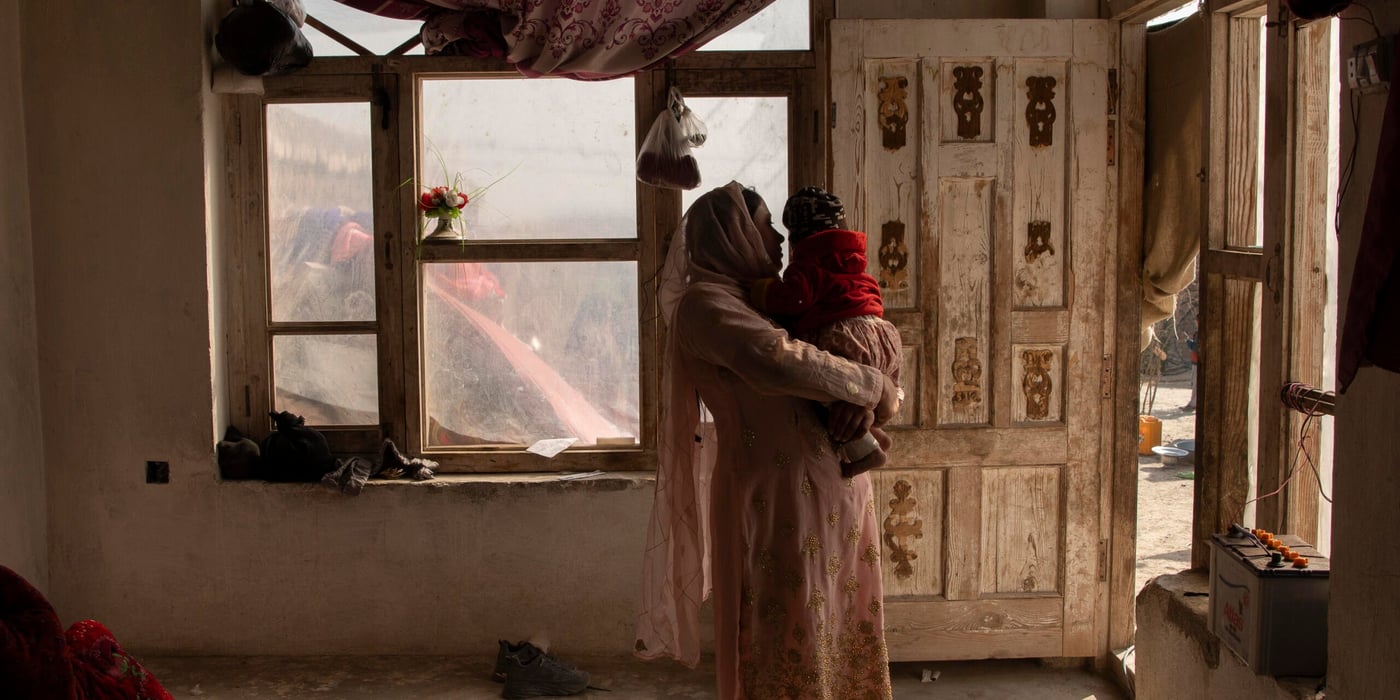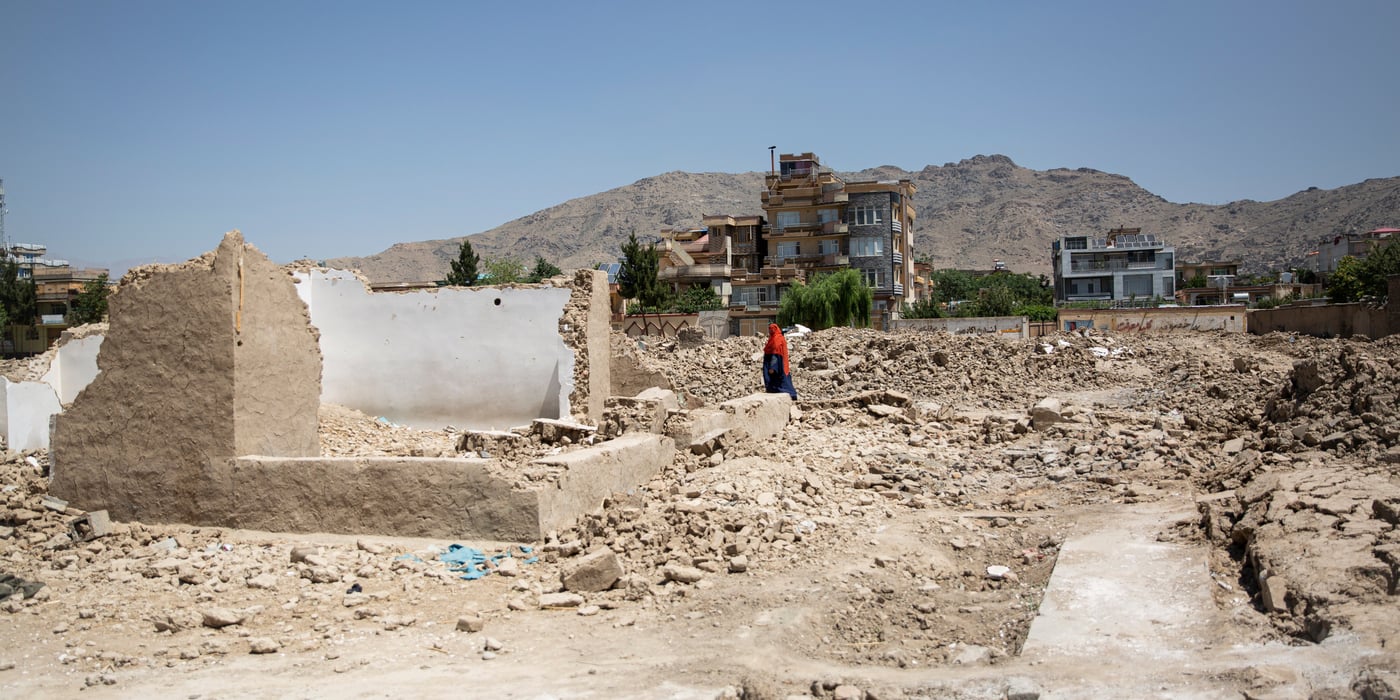
On July 1st, armed men attacked the Malikyar Hotak school in Nangarhar, a province in eastern Afghanistan. The men cut the throat of three employees at the school and set fire to the school building. The Islamic State Group had long threatened to attack the school, which they referred to as part of the "US' plan".
Principal Atiqullah Hamdard is worried about the safety of the 1,600 students at his school but does not wish the attack to cause the school to close down. "Our students are brave, and they want to continue learning," he says.
In their latest report titled "Education under attack 2018", the international umbrella organisation GCPEA, who works to protect schools, students and teachers from attacks, has placed Afghanistan on a list of the 28 worst countries in the world for safety in schools. In all countries on the list, there have been at least 20 documented attacks on education in the past five years.
Thousands of schools affected
The attacks range from direct attacks on school buildings, attacks on students and teachers, military use of school buildings, military recruitment in or near schools, to sexual assault committed in school by soldiers and rebels.
In December 2017, the UN Office for the Coordination of Humanitarian Affairs (OCHA) reported that more than a thousand schools in Afghanistan thus far have been partially or totally destroyed or are being used for military purposes.
Of 37 countries, Afghanistan was in May 2015 among the first to stand behind the international declaration for safe schools. NRC has warned governments against using schools for military purposes or as polling stations, because this increases the risk of attacks.
Attacking students and teachers
Alongside Israel/Palestine, Nigeria and the Philippines, Afghanistan is at the top of the list of countries where attacks on students and teachers are most common.
The Global Coalition to Protect Education from Attack (GCPEA) have documented that over the past five years, globally, more than 12,700 attacks on schools, students and teachers have taken place, and that in these attacks, 21,000 teachers and students have been hurt or killed.
Attacks on girls
In 18 of the 28 countries where going to school is most dangerous, girls and female teachers have been identified as direct targets for attacks. Extremist groups have bombed or set fire to all-girls schools, and they have threatened, injured or killed girls and female teachers. In Afghanistan, one in four reported attacks on schools were attacks on all-girls schools.
"In Afghanistan, schools are increasingly often becoming targets, and we also see more and more schools being used for a variety of military and political purposes. We need to put an end to this," says Will Caster, who works for NRC in Afghanistan.
One in three fear kidnapping or being attacked
Conditions are worst in the war-torn areas of Afghanistan. A new study conducted by NRC, involving more than 1,400 internally displaced people in the provinces of Faryab, Hirat, Kandahar, Khost, Kunar, Kunduz, Nangarhar and Sar-e Pul, shows that 28 percent had experienced their local school closing due to the conflict. Most children felt unsafe at school and feared being attacked. 12 percent had experienced attacks on their school, and 15 percent had experienced shootings near their school. More than one in three students feared being kidnapped or attacked on their way to school. More than half of the students were in need of psychosocial help.
"Attacks on schools and students are attacks on the future of a country. Not only do these attacks destroy children's opportunity to learn and develop, but it can also cause psychosocial problems," says Annelies Ollieuz, Global Education Manager at NRC.
The situation is alarming
So far, 78 countries have signed a declaration for safer schools, an initiative led by Norway and Argentina. The declaration commits countries to contribute to protecting educational institutions and help avoid that these are used for military purposes. Nevertheless, the report from the Global Coalition to Protect Education from Attack shows that the problem is escalating.
"It is alarming that we are failing to provide safe education for children in conflict areas, despite a consensus that schools and universities should be protected," says Annelies Ollieuz.




